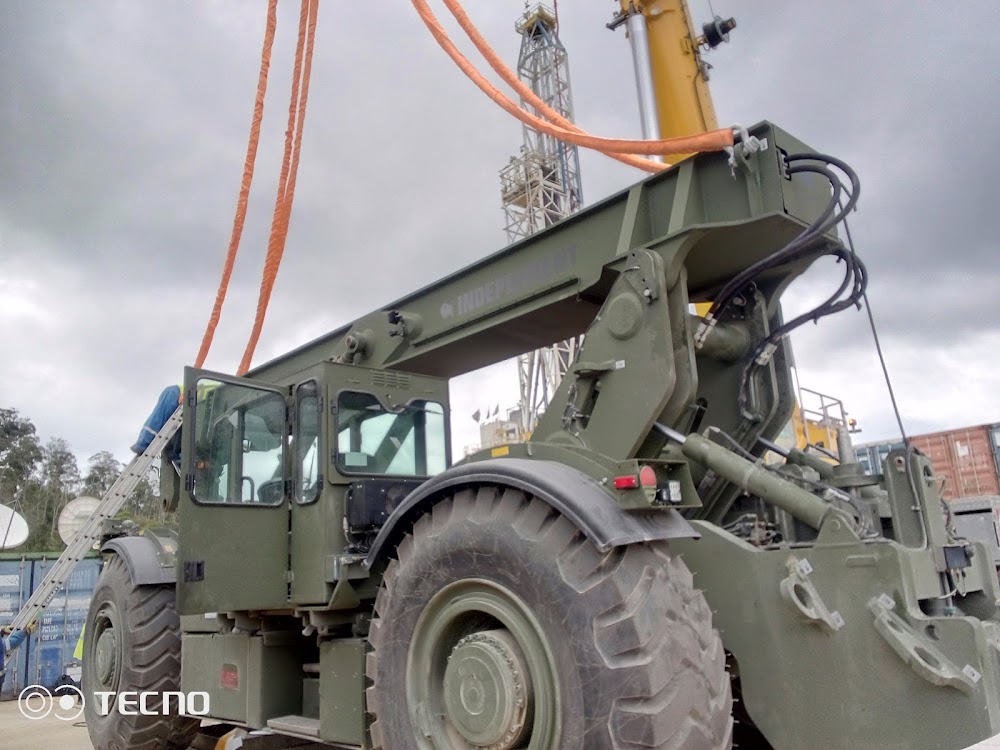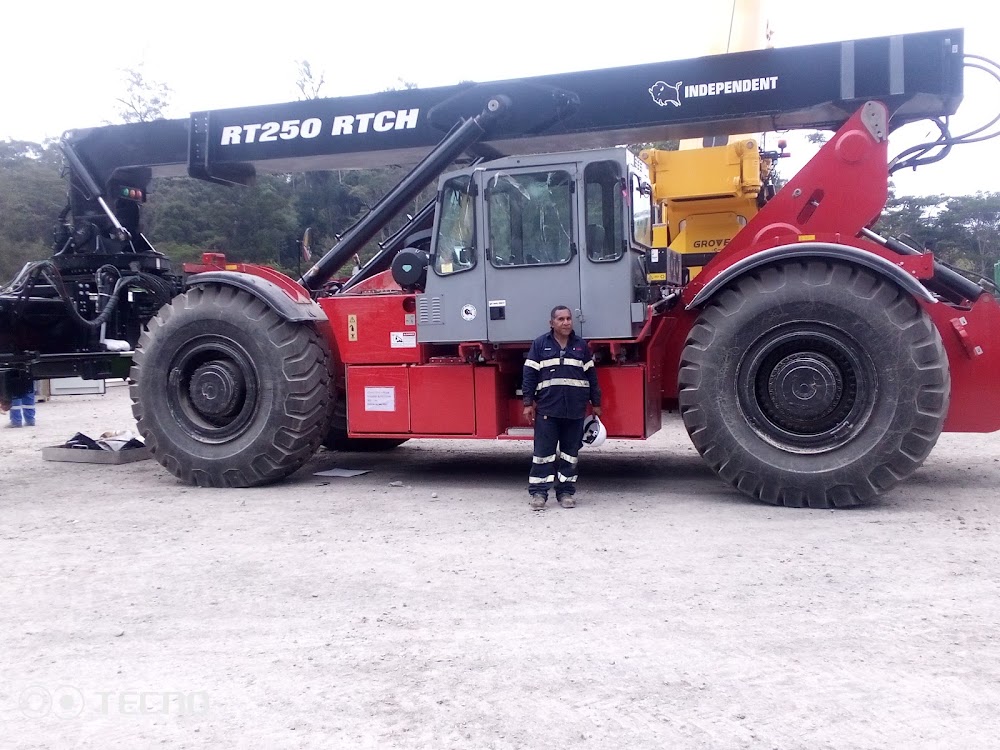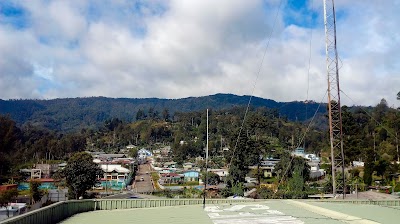Komo Airfield (Komo Airfield)
Overview
Komo International Airport PG-0094, often referred to as Komo Airfield, is nestled in the stunning Hela region of Papua New Guinea. Its story is one of both challenge and triumph, reflecting the critical role it plays in the area's development and connectivity.
Transportation Challenges in Hela
In the early 2010s, the remote Hela province faced formidable transportation obstacles due to its rugged landscape. The challenging terrain hindered the movement of people and goods, creating an urgent need for improved connectivity. To address this, ExxonMobil and its partners embarked on the ambitious project of building Komo Airfield to support the PNG LNG Project, one of the largest natural gas initiatives globally.
Site Selection and Environmental Considerations
Selecting the right location for the airfield was no easy task. The site near Komo village was chosen for its relatively flat terrain and strategic proximity to the gas fields. Before construction began, extensive environmental and social impact assessments were conducted to ensure minimal disruption to local communities and the surrounding environment.
The Construction Endeavor
The construction phase was a significant undertaking, complicated by limited road access to the site. Heavy machinery and materials were transported via helicopter and small aircraft, showcasing the project's logistical challenges. Local workers were hired extensively, providing much-needed jobs and fostering community investment in the project. Training programs were implemented to enhance the skills of local laborers, resulting in long-term benefits beyond the airport's construction.
Engineering Marvels
Specialists designed the airfield to accommodate large cargo aircraft essential for the PNG LNG Project. The runway stretches an impressive 3,200 meters, exceeding the typical length for regional runways. This was necessary for the safe landing and takeoff of Antonov An-124 aircraft, among the world's largest cargo planes. Constructed from high-strength concrete, the runway is built to withstand the immense weight of these aircraft.
Innovative Infrastructure
Attention to detail was paramount, particularly regarding drainage and erosion control systems due to the region's heavy rainfall. Innovative solutions were implemented to maintain the integrity and safety of the runway. Additionally, modern navigation aids, lighting systems, and communication tools were installed to ensure safe operations under varying weather conditions.
A Lifeline for the Region
Komo Airfield was completed in record time, thanks to the diligent planning and execution of the teams involved. When operations commenced in 2012, the airfield quickly became a vital lifeline for the region. It not only facilitated the transport of equipment for the gas project but also significantly enhanced the delivery of essential goods and services to local communities.
Transforming Lives and Opportunities
Over the years, Komo Airfield has transformed from a project-specific installation into a crucial asset for Hela province. It has opened doors to new opportunities in commerce, healthcare, and education by improving accessibility. Emergency medical evacuations have become more efficient, and the delivery of food, medicine, and other essentials has become more reliable and frequent.
A Testament to Collaboration
Today, Komo Airfield stands as a testament to what can be accomplished through collaboration, innovation, and dedication. Originally built to support one of the world's largest energy projects, its lasting impact on local communities and the economy is undeniable. The airport symbolizes not only progress and development but also underscores the vital role of infrastructure in transforming lives and fostering opportunities, even in some of the most challenging terrains on earth.





